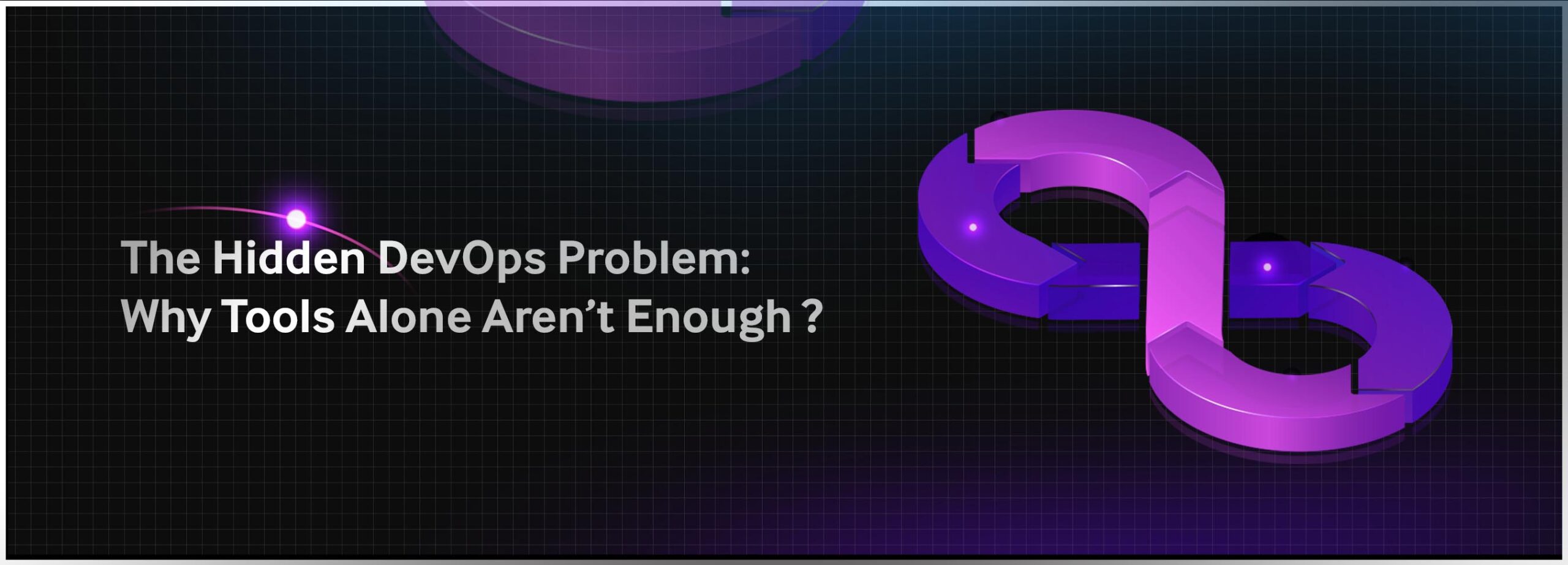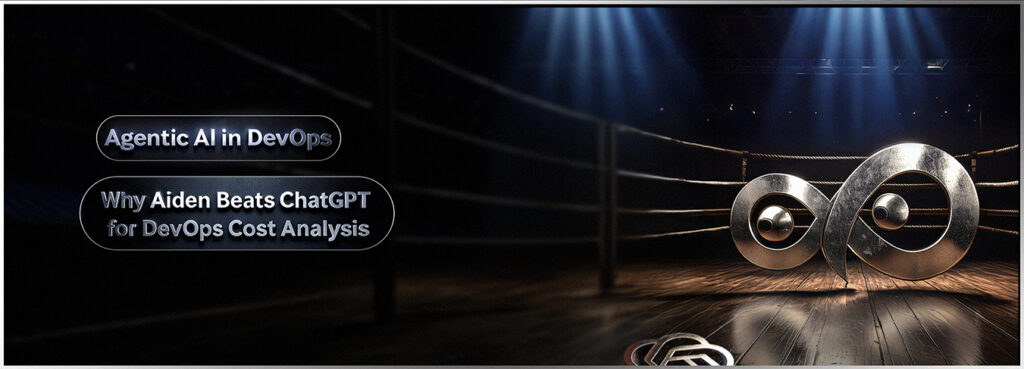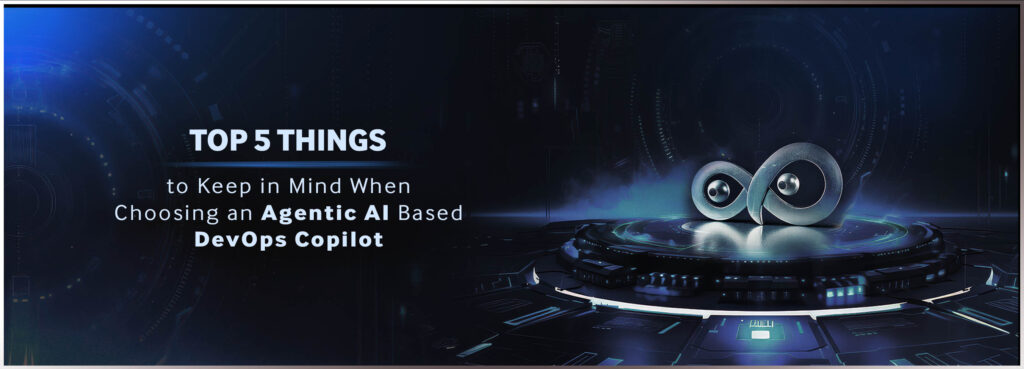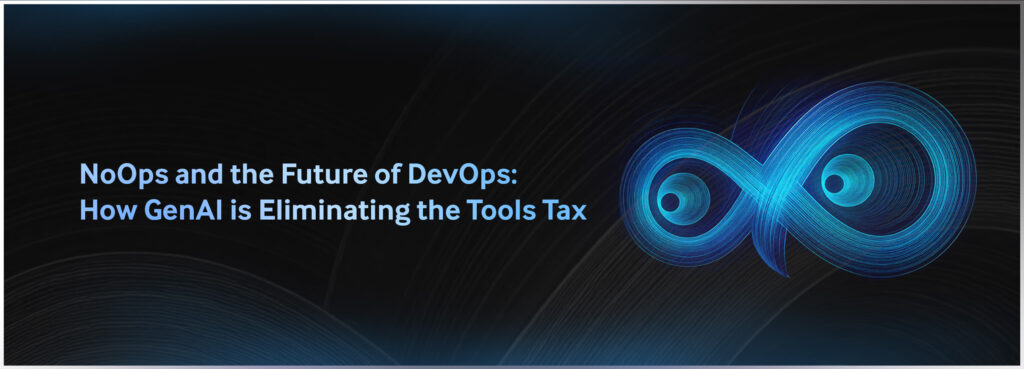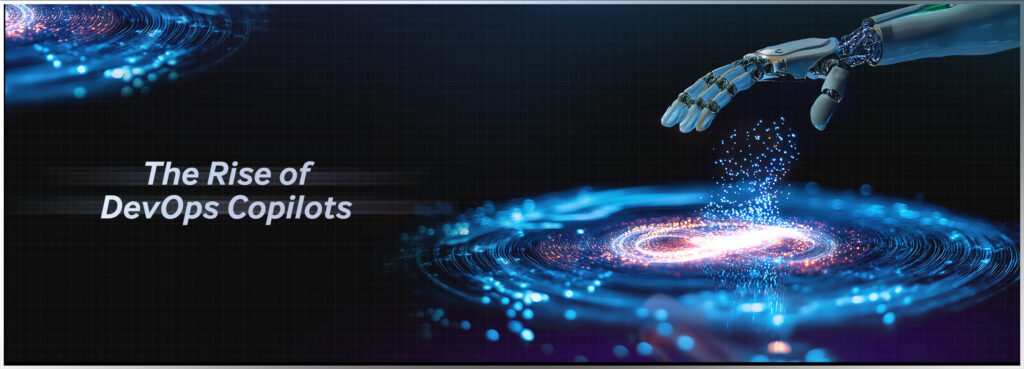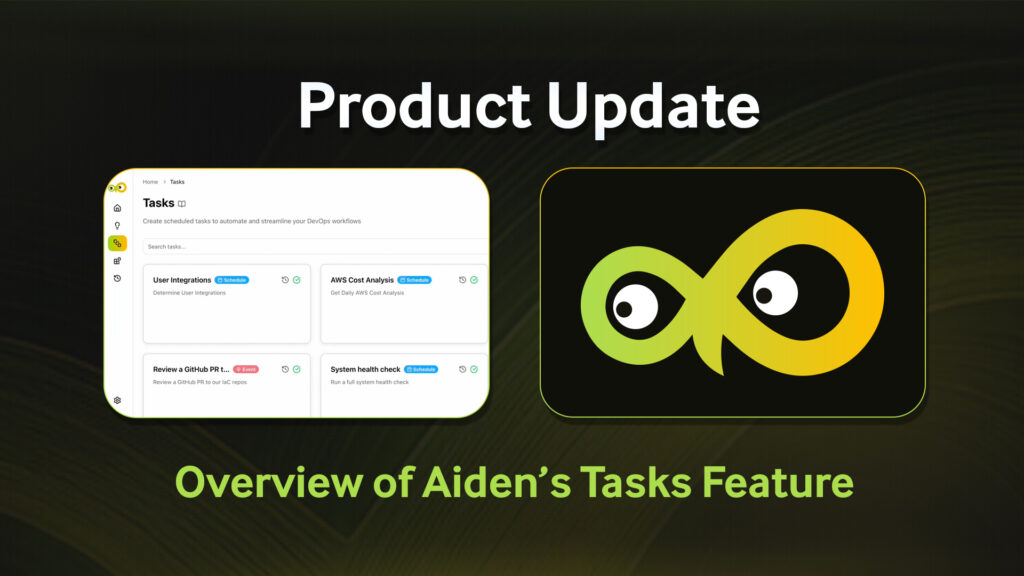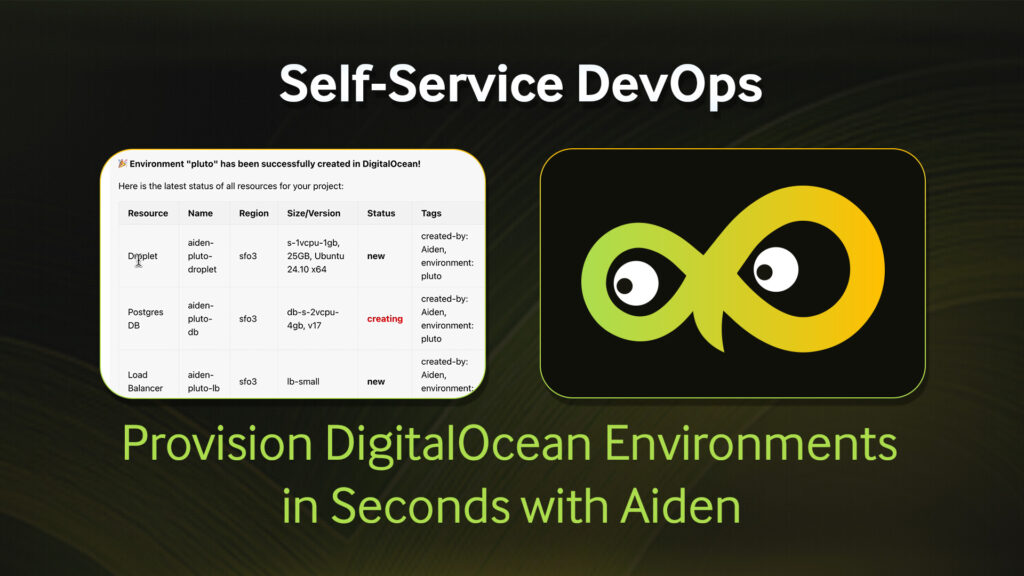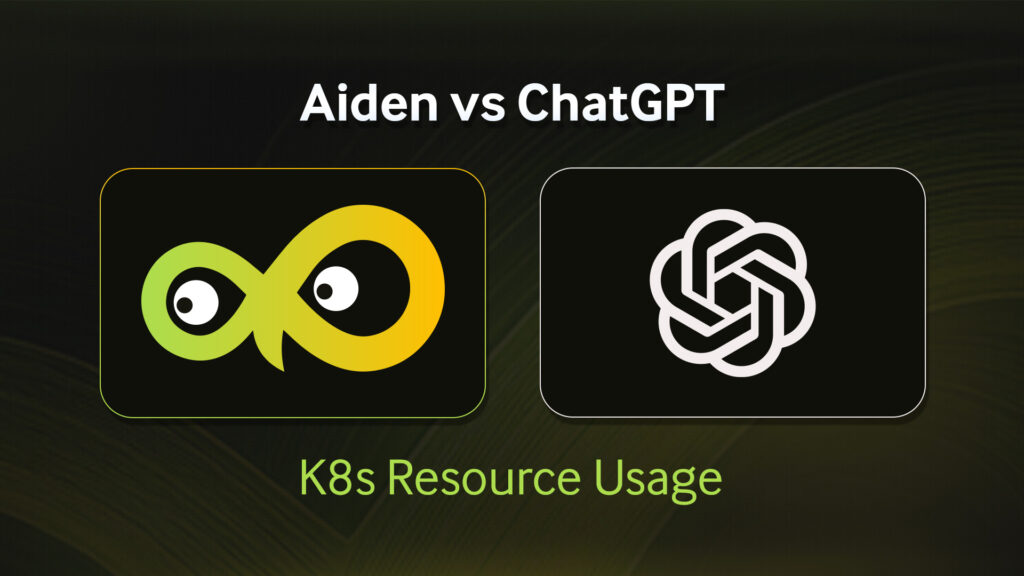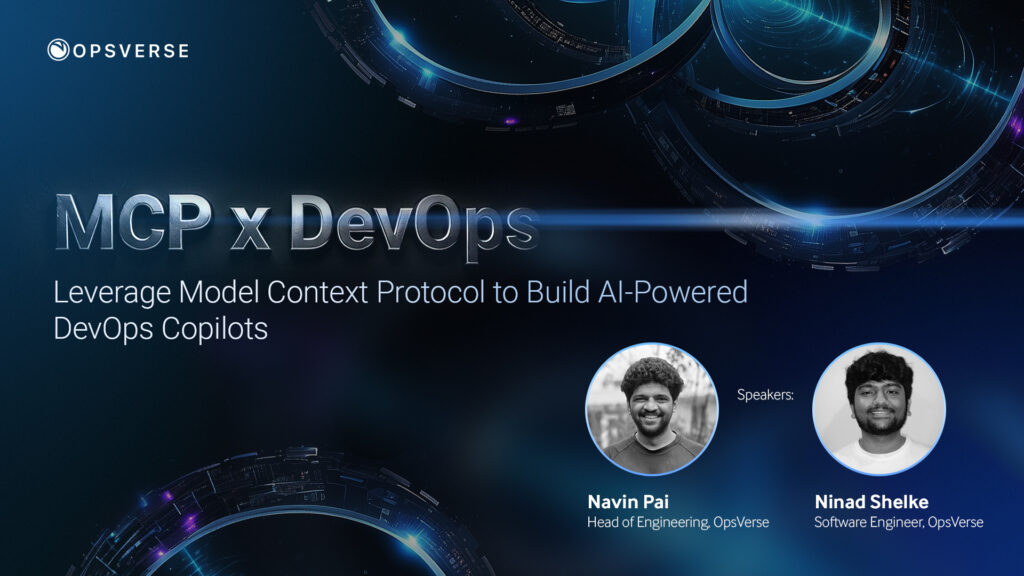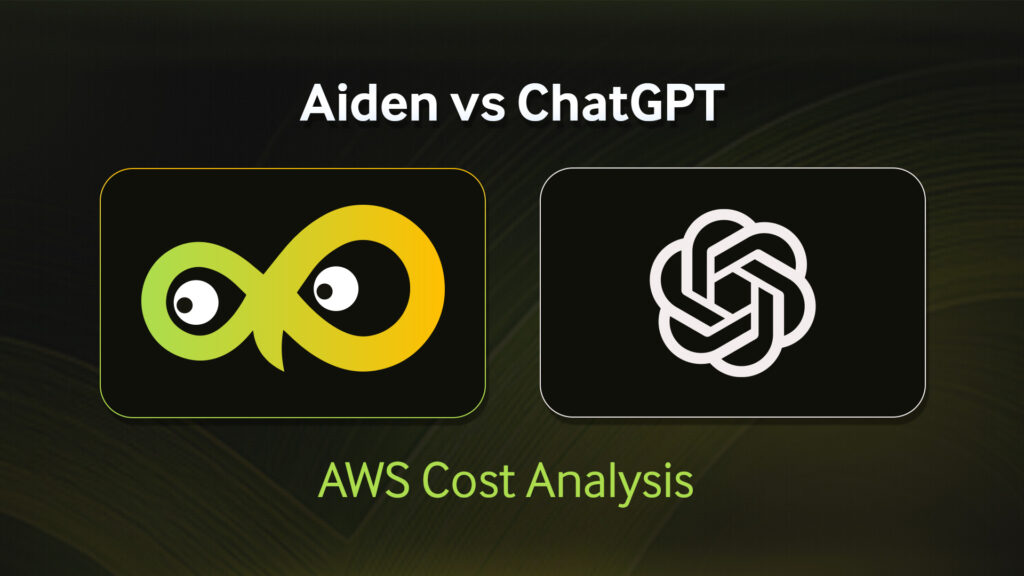In today’s fast-paced software product development world, efficiency and innovation aren’t just important — they’re everything. DevOps engineers and SREs are tasked with maintaining high-performing systems, improving deployment frequency, and ensuring stability while navigating a dizzying amount of tools. Developers who write code also need to learn these tools and are dependent on them to do their jobs. So what’s the problem? Many teams are completely unaware of the fact that their toolsets are actually holding them back. Businesses are hampered by slow innovation and efficiency while engineers struggle with productivity, a laundry list of tools to juggle, poor code delivery, and, eventually, poor work- life balance.
Here’s the reality: Your DevOps isn’t broken, but it’s bogged down by something you may not even be aware of — the tools tax. No, this isn’t a tax from the government, but the invisible cost of managing a sprawling, complex web of tools that don’t seamlessly work together. And, even with the best tools in place, achieving stellar efficiency while improving your DORA (DevOps Research and Assessment) metrics requires more than just software.
If the above hits a little too close to home, read on. Tools alone are not doing the job for you; it’s time to start looking beyond them.
The Hidden Cost of Tools Tax
Each tool demands specialized expertise, extensive configuration, and the coordination of multiple teams to ensure it’s smooth operation. The sheer effort of orchestrating them eats into productivity, forcing DevOps professionals to spend more time managing the tools themselves rather than delivering business value. Developers have to learn to use tools that are unfamiliar to them while struggling with the aforementioned siloes.
The Efficiency Gap: More Tools Don’t Always Mean Better Results
Adding new tools to your stack in the hope of increasing performance can ironically have the opposite effect. Why? Because you’re not solving the core issue — inefficiency rooted in disconnected workflows and manual processes. Instead of simplifying your operations, adding more tools often leads to compounded, unnecessary complexity.
Your DORA metrics, which measure variables like deployment frequency, lead time for changes, mean time to recovery (MTTR), and change failure rate, are direct reflections of this inefficiency. If your tools aren’t actively driving improvement in these areas, they’re likely contributing to performance stagnation or even degradation.
How GenAI Can Bridge the Gap
A GenAI-powered solution isn’t just another tool — it’s a way to reduce tools tax and unlock new efficiencies across your existing stack. Here’s how:
-
- Automation at scale: GenAI can automate repetitive, manual tasks like log analysis, incident triage, and system monitoring. As a result, it frees your team to focus on high-value work.
- Integrated insights: With AI at its core, a GenAI copilot can seamlessly pull together insights from disparate tools, providing a unified view without requiring manual input or specialized knowledge.
- Proactive problem solving: AI doesn’t just react to incidents; it can proactively identify patterns, anomalies, and potential failures before they impact your systems. Its predictive capabilities directly impact your DORA metrics by reducing MTTR and improving change success rates.
- Continuous learning and adaptation: Unlike traditional tools that are static unless manually updated, GenAI can continuously learn from your unique environment. Over time, it becomes a tailored assistant, getting better at anticipating your needs and suggesting optimizations.
- Conversational interface: Users can interact with a GenAI copilot from a conversational interface without requiring them to learn the tools.
Driving Better DORA Metrics with GenAI
If your goal is to improve your DevOps performance, do so by focusing on these four key DORA metrics:
- Deployment frequency: GenAI can streamline CI/CD pipelines, automating many of the manual steps that slow down deployments.
- Lead time for changes: By eliminating the need for manual data analysis and alert management, GenAI reduces the time between code commits and production releases.
- Mean time to recovery (MTTR): GenAI’s ability to detect anomalies early and suggest fixes quickly means that incidents are resolved faster, minimizing downtime.
- Change failure rate: With AI-driven insights and automation, teams can be more confident in the changes they make, reducing the risk of failed deployments.
Conclusion: It’s Time to Rethink DevOps with GenAI
If you’re relying on tools alone to carry the weight of your DevOps, it’s time to rethink your strategy. Tools are important, but their inability to keep up with the growing complexity of modern software environments is even more so. By adopting a GenAI-powered solution, you can drastically reduce your tools tax, increase operational efficiency, and improve your DORA metrics at the same time.
In the end, the goal isn’t just to have more tools; it’s to have a system that works better, faster, and smarter. GenAI is that system.
Now, the real question isn’t whether you need more tools, it’s: Are your tools working for you, or are you working for them?

